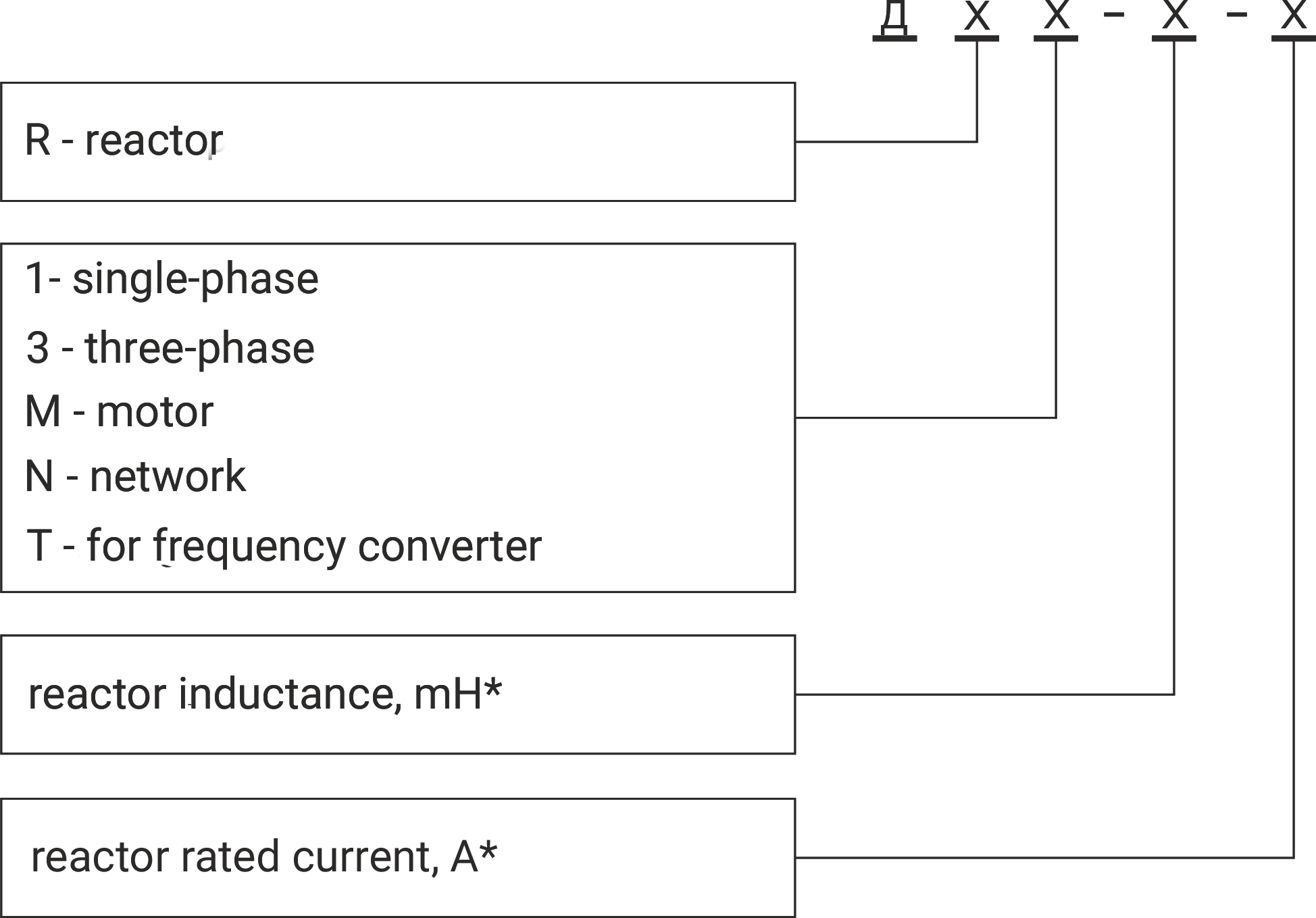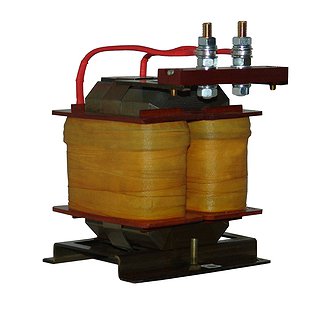DR1 - single-phase general purpose reactors
The following types of reactors are widely used:
- current-limiting - for limiting short-circuit currents;
- smoothing - to smooth the pulsations of the rectified current;
- noise reduction - to reduce noise from electrical machines and other electrical equipment;
- transient - to switch the terminals of the transformer;
- starting - for current distribution during transients between the excitation windings of electric motors.
Construction of the magnetic system of reactors of DR1 type – bar with clearance, with magnetic core, made based on Unicore technology with butt joint, 2 non-magnetic clearances are located in the middle windings, electrotechnical steel NV30S-120, sheet thickness 0.3 mm.
Parameters of single-phase reactors DR1.
| Parameter | Units | Default | Possible options |
| Reactor inductance | mGn | According to technical task | According to technical task |
| Rated current | А | According to technical task | According to technical task |
| Magnetic system saturation current | А | Rated current | According to technical task |
| Allowable deviation of reactor inductivity | % | 10 | Any, but not less than 3 |
| Winding material | Aluminum | Copper | |
| Heat resistance class | B | F | |
| Class voltage class | kV | 0,7 | 0,4 |
Transformer types designation.

Example of designation:
DR1-4,0-20 – Single-phase reactor, inductance is 4.0 mH, rated current is 20 A.
| Parameter | Units | Default | Possible options |
| Coupling sizes | mm | At discretion of the manufacturer | Indicated in the questionnaire |
| Overall dimensions | mm | At discretion of the manufacturer | Indicated in the questionnaire |
The service life of reactors is 20 years. The warranty period is 24 months from the date of sale, unless otherwise agreed with the customer. Reactors are impregnated in the insulating compound assembly by dipping method, or by vacuum impregnation method according to design documentation. The reactor is considered fit for operation only after passing all the points of acceptance tests.







